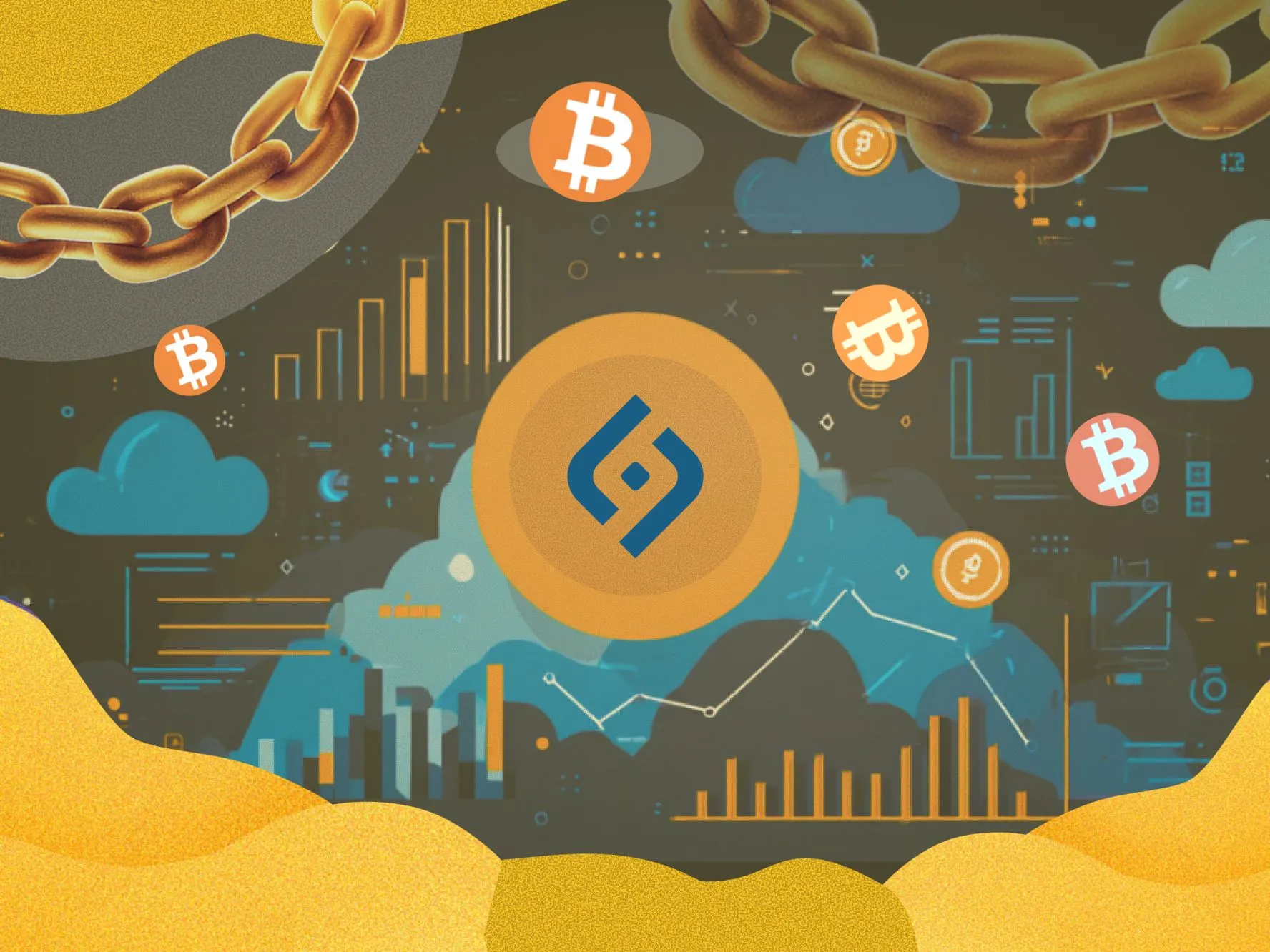Share this article:

By 2025, Web3 marketing is expected to have rapidly evolved, fundamentally transforming the digital marketing landscape. As decentralized technologies and blockchain continue to gain momentum, marketers must understand the intricacies of Web3 to stay ahead. This guide explores what Web3 marketing entails in 2025 and how to leverage it effectively.
Web3 represents the third iteration of the internet, characterized by decentralized platforms, blockchain technology, token-based economics, and user-controlled data. Unlike traditional centralized digital marketing methods, Web3 marketing emphasizes user ownership, community participation, and transparency.
In 2025, businesses that leverage Web3 marketing are positioned to build trust, enhance customer loyalty, and deliver authentic value through decentralized networks. As users increasingly seek transparency and control over their digital identities, traditional marketing strategies must adapt to remain relevant.
Community is the backbone of Web3 marketing. Fostering active community participation through platforms like Telegram, Discord, and DAO-based governance models is essential. Regularly engaging users through AMAs, community voting, and interactive events helps build lasting loyalty.
Rewarding user actions through token-based incentives is an effective strategy. By leveraging staking, liquidity pools, and yield farming, businesses encourage active participation and loyalty.
Platforms like Lens Protocol and Mastodon exemplify decentralized social networks gaining popularity. Brands should actively participate in these communities, creating authentic interactions without centralized censorship or algorithmic limitations.
NFTs (Non-Fungible Tokens) are widely used for marketing campaigns, enabling unique digital experiences, loyalty programs, and exclusive access to events. Creating NFT-based campaigns can effectively engage users and establish exclusivity.
Leveraging blockchain-based ad platforms ensures transparent and measurable ad campaigns. Platforms like Brave Browser allow for user-consented advertising, enhancing user engagement and effectiveness.
Clearly outline your Web3 marketing goals, such as increased community engagement, brand trust, or token adoption rates.
Select the appropriate blockchain platforms and decentralized social media channels that align with your target audience.
Design clear and engaging token incentives that encourage community interaction and loyalty.
Produce high-quality, educational, and transparent content, emphasizing the benefits and functionalities of your Web3 products or services.
Regularly engage your community through interactive events, feedback mechanisms, and DAO governance. Continuously adapt based on community insights and market trends.
To evaluate the effectiveness of your Web3 marketing efforts, consider tracking the following metrics: – Community growth rate – User engagement levels (participation in polls, governance, events) – Token adoption rates – User retention and loyalty – Transparency and trust metrics (feedback and reviews)
Web3 marketing in 2025 represents a shift toward decentralized, transparent, and community-driven strategies. By embracing these approaches, businesses can foster authentic relationships with their users, enhance trust, and achieve sustainable growth in the decentralized digital economy.
Share this article:
The [CHANNEL] you requested about is NOT the official representative of Promoj
The [CHANNEL] you requested about is the official Telegram representative of Promoj